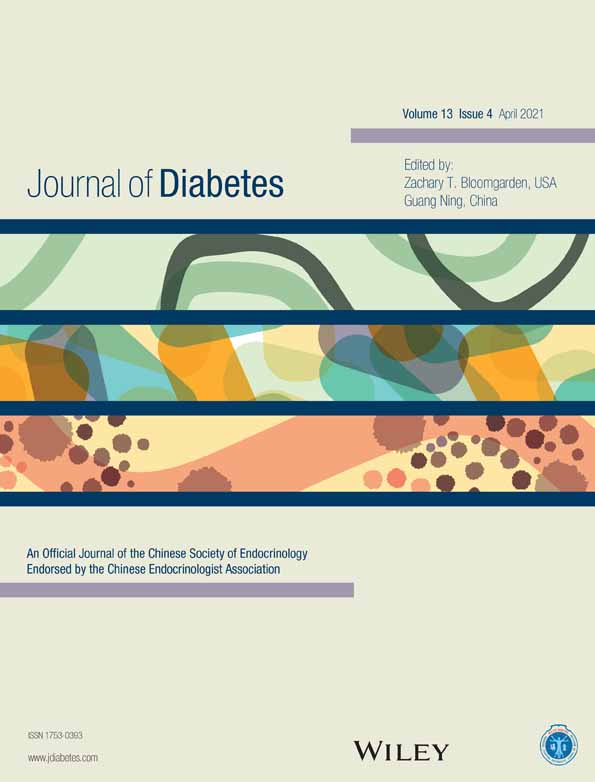Effect of inspiratory muscle training on respiratory muscle strength and functional capacity in patients with type 2 diabetes mellitus: A randomized clinical trial
吸气肌训练对2型糖尿病患者呼吸肌力和功能的影响:一项随机临床试验
Abstract
enBackground
Type 2 diabetes mellitus (T2DM) is usually associated with respiratory manifestations including inspiratory muscle weakness which affects exercise capacity. The present study aimed to determine the effect of inspiratory muscle training (IMT) on inspiratory muscle strength and exercise capacity in patients with Type 2 diabetes mellitus (T2DM).
Methods
This was a randomized controlled trial in patients with type 2 diabetes mellitus with no previous cardiopulmonary or neuromuscular diseases. Patients had no back pain. Patients were randomized into interventional or placebo groups. Sniff nasal inspiratory pressure (SNIP), maximum inspiratory pressure (MIP), and six-minute walking test (6MWT) were measured at baseline and 8 weeks post incremental inspiratory muscle training.
Results
At baseline, interventional and placebo groups were similar in age, body mass index, sex inspiratory muscle strength, and exercise capacity. After 8 weeks of incremental inspiratory muscle training at 40% of MIP, the interventional group had a significant increase in the SNIP (mean difference: 18.5 ± 5.30 cm H2O vs 2.8 ± 4.8 cm H2O) and MIP (mean difference: 19.4 ± 4.3 Vs 5.4 ± 3.6 cm H2O) compared to the placebo group, respectively. The interventional group showed improvement in the 6MWT (mean difference: 70 ± 29 m vs 34 ± 24 m) compared to the placebo group, P < .05.
Conclusion
Incremental inspiratory muscle training increased the diaphragm strength in patients with T2DM and improved exercise capacity.
摘要
zh背景
2型糖尿病(T2 DM)通常与呼吸道症状有关, 包括影响运动能力的吸气肌无力。本研究旨在探讨吸气肌训练(IMT)对T2 DM患者吸气肌力和运动能力的影响。
方法:这是一项随机对照试验, 研究对象为既往无心肺或神经肌肉疾病的T2DM患者。患者也没有背部疼痛。患者被随机分为干预组或安慰剂组。分别在基线和递增吸气肌训练后8周测定鼻腔吸气压(SNIP)、最大吸气压(MIP)和6分钟步行试验(6MWT)。
结果
基线时, 干预组和安慰剂组在年龄、体重指数、性别、吸气肌力和运动量方面相似。经过8周40%MIP递增吸气肌训练后, 与安慰剂组相比, 干预组的SNIP(平均差值:18.5±5.30 cmH2O vs 2.8±4.8 cmH2O)和MIP(平均差值:19.4±4.3 cmH2O vs 5.4±3.6 cmH2O)明显增加。与安慰剂组相比, 干预组6MWT有明显改善(平均差值:70±29m vs 34±24m, P<0.05)。
结论
递增吸气肌训练增加了T2DM患者的膈肌力量, 提高了运动能力。
CONFLICT OF INTEREST STATEMENT
The author reports no declarations of interest.




